Undergraduate admissions to the University of Pennsylvania is considered by US News to be "most selective". Admissions officials consider a student's GPA to be a very important academic factor, with emphasis on an applicant's high school class rank and letters of recommendation. For the class of 2024, entering in the fall of 2020, the university received 42,205 applications and admitted 8.07 percent of the applicants.
The Atlantic also ranked Penn among the 10 most selective schools in the country. News & World Report, Penn's most selective programs include its law school, the health care schools , and Wharton business school. Penn's transfer acceptance rate has hovered around 8% for the past few years. Especially when attempting to transfer into top tier schools, it's important to keep in mind that 1) they're only replacing the small percentage of students who left and 2) acceptance rates are low across the board.
And if you were out of range to apply right out of high school, one year of good grades in college won't do much to help because the evaluation process includes high school performance. If you're serious about transferring and think Penn is the place for you, keep reading. We'll detail the three required writing supplements, but be sure to check for additional requirements for special programs. It is easy to say "plan ahead", but there is a lot of advantage in knowing what school and program you would like to attend in the future. If you are certain about which school you want to enroll in, it might be wise to apply through the Early Action/Early Decision program.
This way, your deadline for application is earlier, but so is your response date. To utilize this opportunity, you must research your school of choice and determine whether you are a good fit for the program to which you're applying. Early Action programs give you an early answer as to where you stand in the admissions process. According to most recent data, Cornell's acceptance rates for their early decision program is 22.7%!
The advantage of applying Early Decision is that acceptance rates for ED applications are sometimes two to three times higher than the Regular Decision admission rates at the same schools. For instance, Northwestern's overall acceptance rate is only 9%, but its early decision rate is closer to 25%. And the early decision rates at schools like Washington University in St. Louis, Emory University, and Tufts University are all multiple times the regular decision admission rate.
The University of Pennsylvania, which ranks among the20 most selective universities in the country, has a highly competitive admissions pool with a low acceptance rate and high average SAT/ACT scores. However, Penn has a holistic admissions process involving other factors beyond your grades and test scores. A strong application essay, supplemental essay, and glowing letters of recommendation can strengthen your application, as can participation in meaningful extracurricular activities and a rigorous course schedule. Students with particularly compelling stories or achievements can still receive serious consideration even if their test scores are outside of Penn's average range. This would effectively mean that the early boost, and Tulane's actual selectivity, is not what it seems. Now that admissions results are in for the Class of 2025, it's clear that applications to Ivy League schools surged in the most recent application cycle, with nearly 100,000 more students applying than the year before.
Unsurprisingly, acceptance rates for the Class of 2025 are historically low. A whopping 56,333 applications were received by Penn for the Class of 2025, the largest applicant pool to date; only 3,202 individuals were accepted. Working out to 5.68% acceptance rate, this was the most selective year in the university's lengthy history. Applicants for the Classes of 2016 and 2017 saw admit rates in excess of 12%; the Class of 2018 is when the school's admit rate first dipped below 10%. The two years prior to the Class of 2025 cycle, 8.07% and 7.4% were accepted.
University Of Pennsylvania Acceptance Rate 2020 Of the 56,333 students who applied to Penn's Class of 2025 in the early and regular rounds, 3,202 were admitted, leading to an overall acceptance rate of 5.68 percent. The 3,202 admitted students to the Class of 2025 included 1,194 students who were admitted through the early decision round. The admission rate for the ED round was 15 percent out of 7,962 applicants. Last year, 42,205 students applied to Penn's Class of 2024 in the early and regular rounds and 3,404 were admitted, leading to an overall acceptance rate of 8.07 percent. Out of the total 3,404 admitted to the Class of 2024, 1,269 students were admitted through the early decision round. The admission rate for the ED round was 19.67 percent out of 6,453 applicants.
For the Class of 2023, 44,960 students applied to in the early and regular rounds and 3,345 were admitted, leading to an overall acceptance rate of 7.44 percent. The home of the Blue Devils accepted the lowest percentage of ED applicants in its history—admitting 840 out of 5,036 students, resulting in a 16.7% acceptance rate. University of Pennsylvania received 44,961 undergraduate applications in 2019, which represents a 1.06% annual growth. Out of those 44,961 applicants, 3,446 students were accepted for enrollment, representing a 7.66% acceptance rate.
Although Cornell University has the highest acceptance rates of all Ivy League schools, this does not mean that it's an easy school to get into. To be a competitive applicant for any of these eight prestigious institutions, you cannot slack off when it comes to your applications. Start planning your acceptance strategies early, which means studying hard at school and planning ahead for your standardized tests. If you have not been involved in an extracurricular activity since childhood, plan to seriously commit to an activity as early as you can. Choose something you love to do as this will be evident in your application components.
Most importantly, do not choose to go to an Ivy League school for appearances. Choose a program you actually want to attend and graduate from, rather than a program that will look good on your CV. Prestige and social status do not necessarily translate into better educational fit for you. Choose happiness and invest in your education in a school you truly want to attend. Ivy League undergraduate admissions are difficult to assess because each school claims to take a holistic approach to reviewing students' applications. A holistic application review considers a broad range of student's accomplishments and circumstances.
This allows admissions committees to consider your candidacy as a whole, rather than focusing on only one component of your application. A good example of this theory is the elimination of GPA stats for Brown's applicants. The college announced that it does not calculate its students' GPA and relies on other criteria for evaluation, such as students' coursework, course performance reports and letters of recommendation.
As you might have noticed, the majority of the Ivy League schools do not have specific GPA or standardized test score requirements – all of this is meant to demonstrate that no ONE application component outweighs the other. While Dartmouth does not have a GPA cut-off for matriculating students, the average undergraduate GPA of current Dartmouth students is 3.52. As a reference, most admitted transfer students have a GPA of 3.7 or higher. This gives you an idea of how important your grades will be for the admissions committee.
Cornell does not announce decisions until Dec. 17 but has previously said it would not announce acceptance rates while admissions are ongoing. Cornell does, however, report detailed undergraduate admissions data including the number of students who applied, were admitted, and matriculated through each admissions cycle. The 311,948 Ivy League applications for the Class of 2023 were a record high.
Unfortunately, the 6.78% acceptance rate across all eight schools was, at the time, a record low. Your high school coursework is the biggest evidence of your academic abilities. The single most important document in your application is your high school transcript. Not only does it tell the admissions committee what kind of grades you received throughout the years, it also demonstrates your drive, dedication, and improvement over time. Impress the adcoms with a broad range of challenging courses, that you enjoy and find interesting.
Try to take courses in different disciplines, including sciences, arts, humanities, and languages. To increase your chances of success, take courses in disciplines you typically ace but do not forget to complete necessary requirements for graduation. You can find a study partner, ask your teacher for help, get a tutor, or design a study plan that would increase your understanding of the content.
Penn has four undergraduate schools as well as twelve graduate and professional schools. Schools enrolling undergraduates include the College of Arts and Sciences, the School of Engineering and Applied Science, the Wharton School, and the School of Nursing. Penn's "One University Policy" allows students to enroll in classes in any of Penn's twelve schools.
Among its highly ranked graduate and professional schools are a law school whose first professor wrote the first draft of the United States Constitution, the first school of medicine in North America , and the first collegiate business school . Penn is also home to the first "student union" building and organization , the first Catholic student club in North America , the first double-decker college football stadium , and Morris Arboretum, the official arboretum of the Commonwealth of Pennsylvania. Down from its previous admission rate of 5.6% in 2020, Princeton is even more competitive to get into now with a 4.4% acceptance rate. The Ivy aims to identify students who will positively contribute and bring a unique perspective to its community.
Rather than looking for a specific set of academic criteria, Princeton prefers applicants who have challenged themselves with rigorous honors and AP courses. Given its renowned reputation as one of the best medical schools in both the U.S. and the world, Penn Med's admissions process is extremely rigorous. It's also highly selective, with one of the lowest acceptance rates in the country. However, the difference between the two types of acceptance rates fell at Harvard, where only 7.4% of early action applicants received an offer of admission.
While that number is more encouraging than the mere 3.3% of regular decision applicants who got in, the difference is far less pronounced than in previous years (in 2020, Harvard's early action and regular decision rates were 13.9% and 3.3%, respectively). The overall acceptance at UPenn is just 5.68%, which is substantially lower than the 15% acceptance rate for students applying through the school's early decision program. Simply applying early decision at UPenn provides a big boost to your odds of admission.
As of fall 2017, there were 21,599 students studying at Penn, split equally between undergraduate and graduate students. Penn has a strong focus on interdisciplinary learning and research, offering double degree programs, unique majors and academic flexibility. This means competition to study at Penn is fierce, particularly at undergraduate level. The admission rate for the class of 2021 was 9.3 percent, of which 46 percent were either black, Hispanic Asian, or Native American.
Unusually for an Ivy League school, women comprise over half of all students enrolled. According to the latest statistics, the college-wide GPA is 3.46, while the average grade is A-. Princeton requires SAT or ACT scores as part of students' applications.
SAT scores for accepted students range between 1460 to 1570, while the composite ACT score is from 33 to 35. A rolling admissions process is an entirely different kind of early admissions process. Because applications are reviewed and decided as they are received, applying early will always boost your chances. In rolling admissions, a college opens itself to receiving applications over a large time frame and promptly notify applicants of their decisions within weeks of your application's submission.
Because your chances of securing a spot in rolling admissions are higher when the spots are plentiful, the sooner you apply the better. Indiana University—Bloomington and Penn State University are two popular colleges that have rolling admissions. The myth busting reasons below will explain why applying to most Ivy League and top 15 ranked colleges early does not give your application the significant boost that most people believe it will.
Scrutinizing official university data reveals that the massive, double-digit differences that people perceive between the early and regular acceptance rates actually stem from misconstrued data points. In last year's regular admissions cycle, Princeton admitted a record-low 1,498 students out of 37,601 applicants for an acceptance rate of 3.98 percent — a steep drop from the 5.6 percent acceptance rate for the Class of 2024. An additional 149 students had deferred admission or were admitted off the waitlist for a total acceptance rate of 4.38 percent.
Fifty-four students were admitted through the QuestBridge program for low-income and first-generation students, a jump from 45 students last year. The Program in Liberal Medical Education early decision accepted 23 students, a 3% acceptance rate, according to Powell. The University accepted 896 students to the class of 2026 from a pool of 6,146 early decision applicants, according to Dean of Admission Logan Powell. The early acceptance rate, number of applicants and number of accepted students were all records in the history of the University's early decision program. Note that because many schools have temporarily gone test-optional in response to the COVID-19 pandemic, fewer are reporting middle 50% SAT/ACT scores. This change in policy has led to a surge in applications at many selective institutions, resulting in unprecedented application numbers and some of the lowest acceptance rates in U.S. history.
University of Pennsylvania admissions are extremely selective with a low acceptance rate. Applicants even with above-average scores have very little chance of getting admitted. Essay and LOR should be emphasized while making the application as a good essay and strong recommendation can set you apart in this tough competition.
The admission decision are announced by Mid December for Early Decision applicants and by April 1 for Regular Decision applicants. In the scattergram, the blue and green represent accepted students. You can see that the great majority of admitted students had a self-reported GPA of 3.7 or higher, a combined SAT score (ERW+M) of over 1200, and an ACT composite of 24 or higher. Hidden beneath the blue and green in the upper right corner of the graph is a lot of red, so keep in mind that even students who seem to be on target for admission get rejected from Penn.
For any school with a single digit acceptance rate, it is best to consider the institution a reach school, even if your scores are on target for admission. It's widely known that students who apply early action or early decision typically get accepted to Ivy League schools at significantly higher rates than regular decision applicants. Harvard, Princeton, and Yale—known as the "Big Three"—are historically the three toughest Ivy League schools to get into.
In recent years, they have been joined by Columbia in the top half of the most selective Ivy League schools. In 2021, Columbia edged past Princeton and Harvard to become the most competitive Ivy. While all four schools reported overall acceptance rates below 5%, with a 3.9% acceptance rate, Columbia is now the hardest Ivy League school to get into. While all the different undergraduate schools are competitive, some are more so than others.


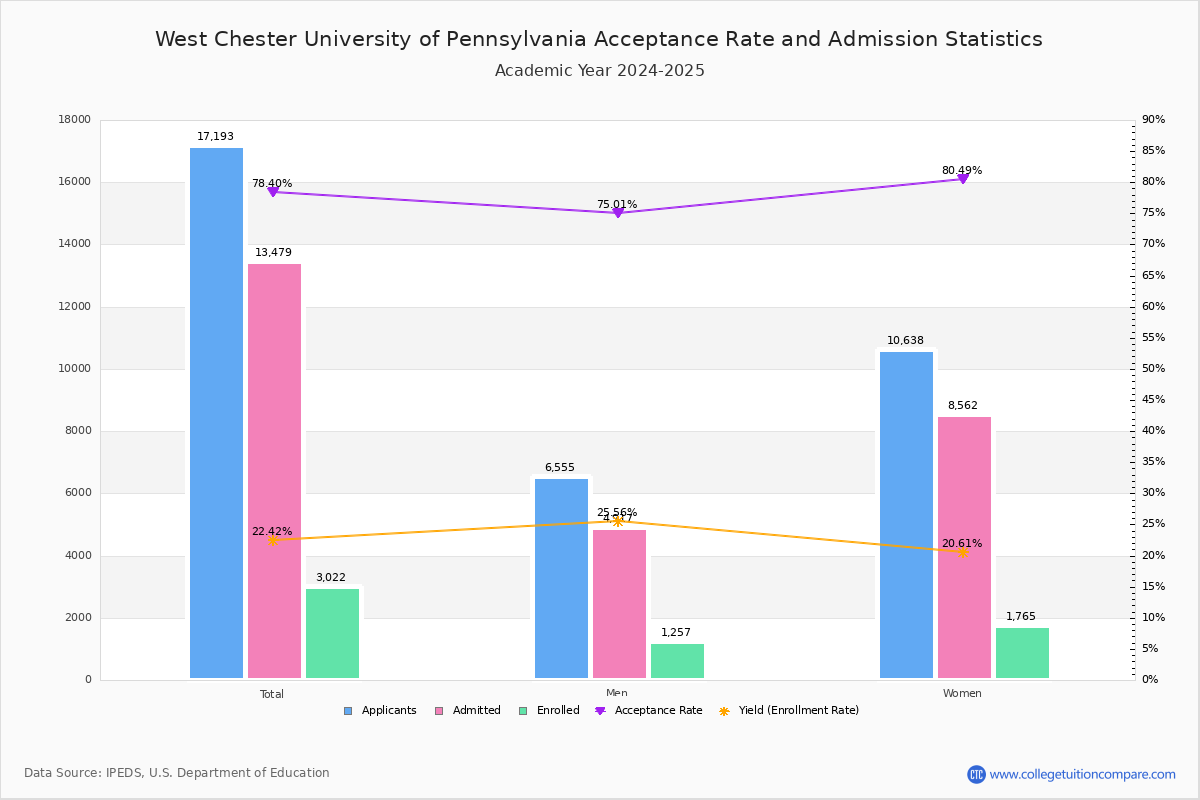

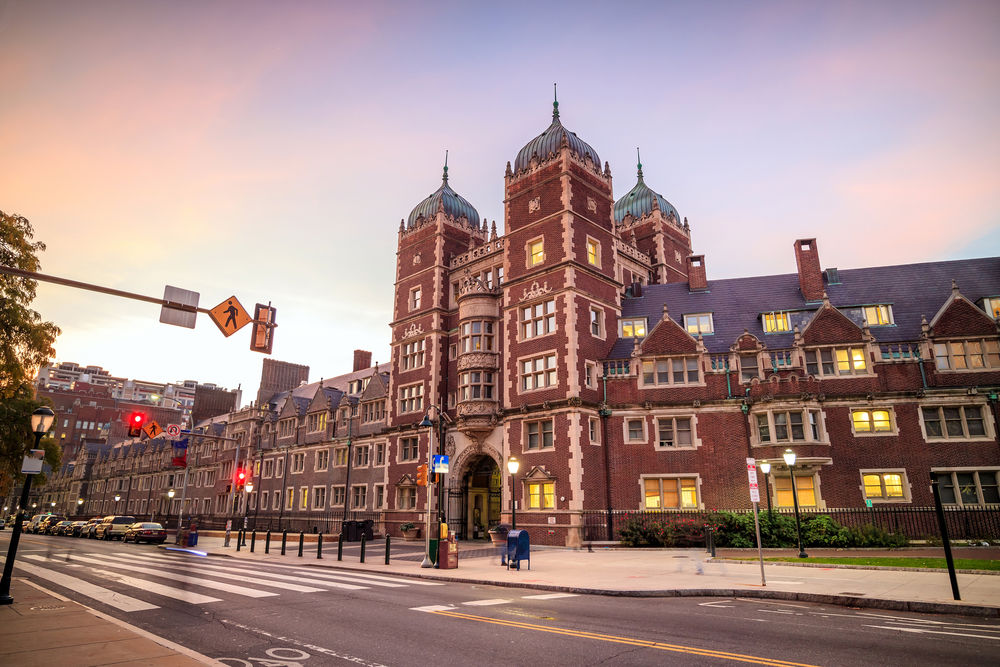













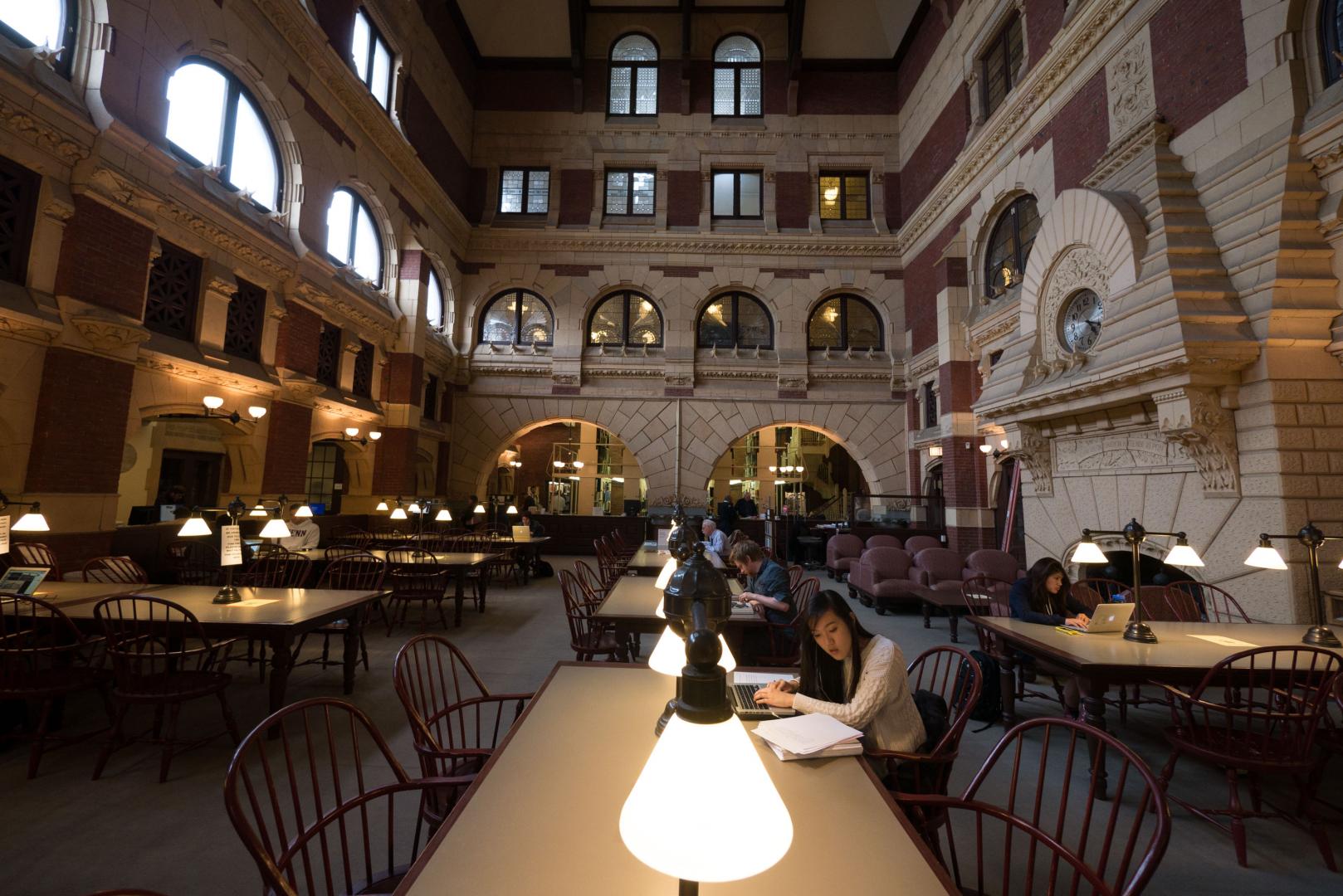
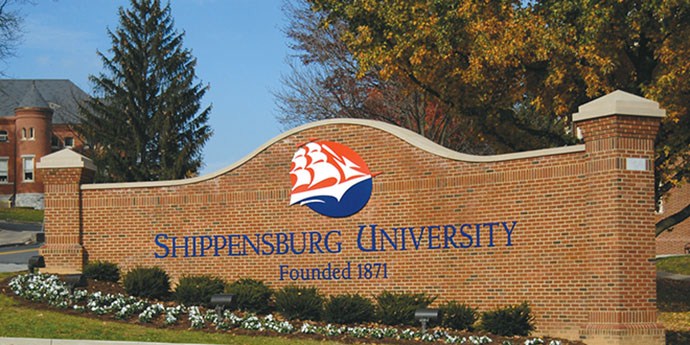

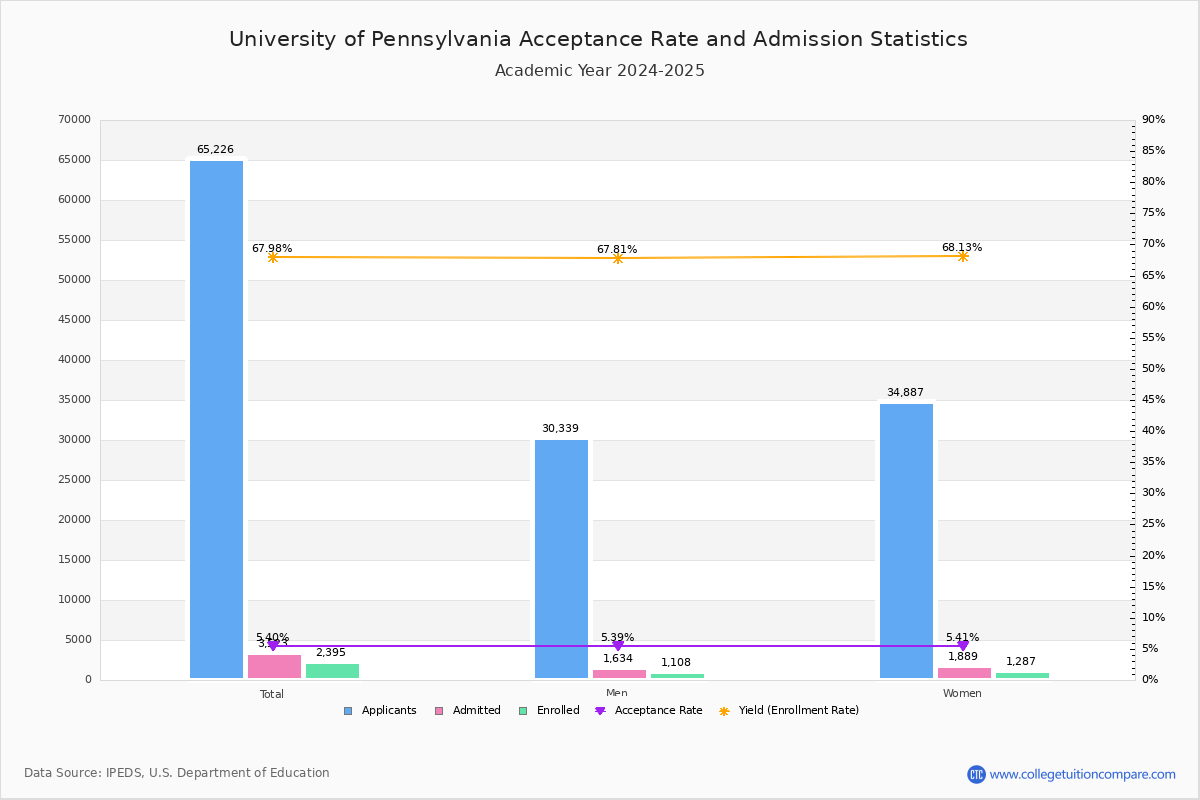
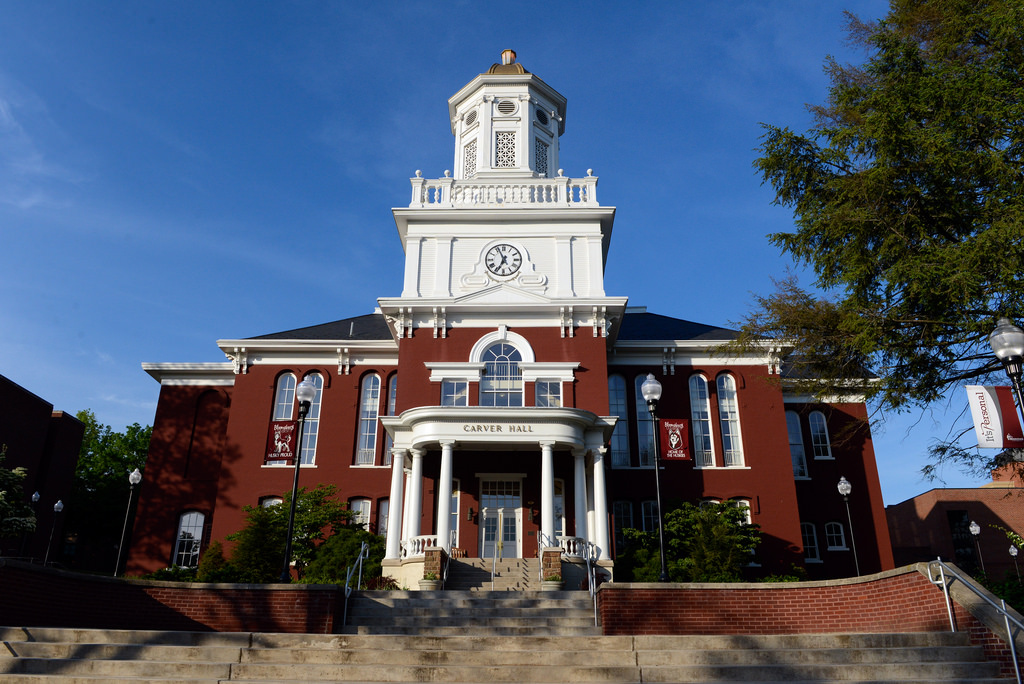





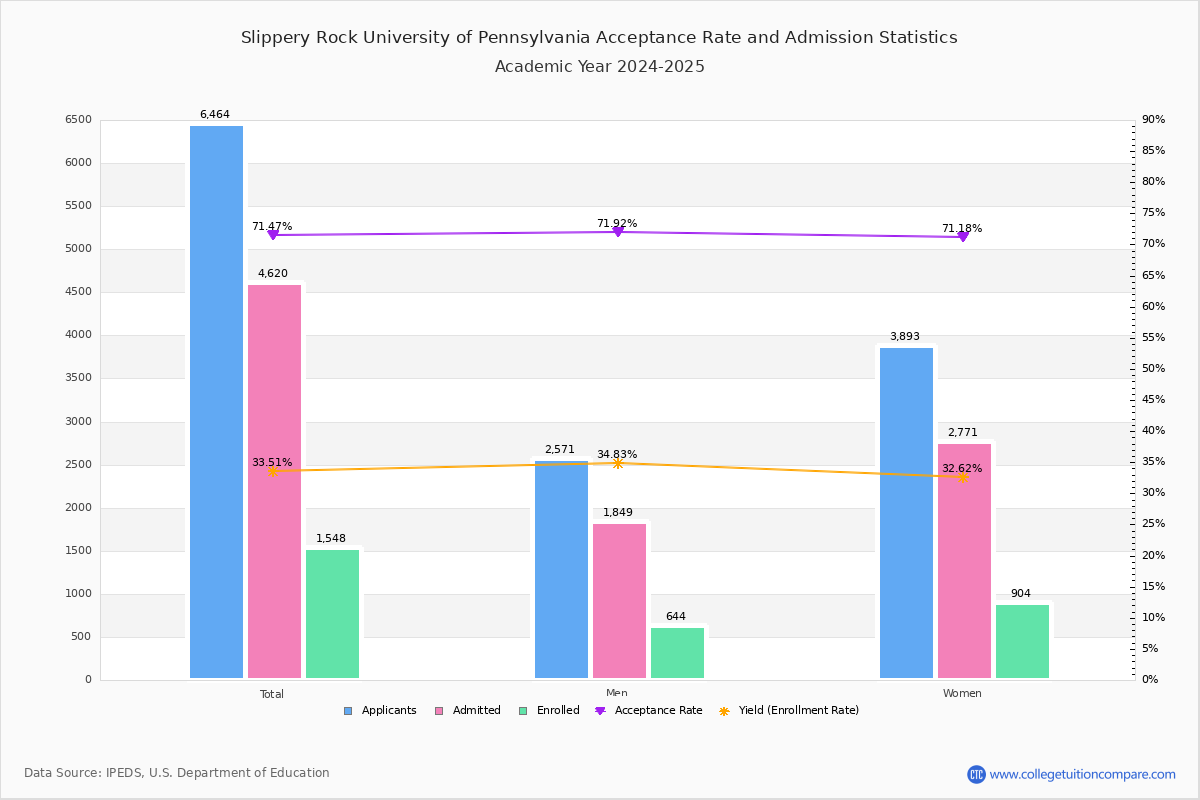

No comments:
Post a Comment
Note: Only a member of this blog may post a comment.